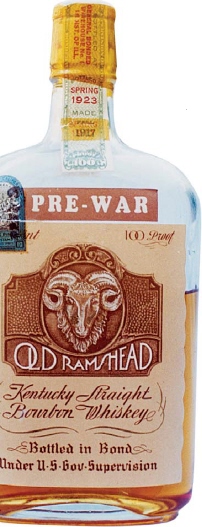
Miniature Bottles

When a discussion on bottle collecting begins, it’s clear that most collectors focus their attention on the physically large bottles such as beer, whiskey, or maybe bitters. But there is a distinct group of collectors who eschew big finds and set their sights on the small. Their quest for that special find leads them into the world of miniatures. Until I started bottle collecting, the only miniature bottles that I knew of were the ones passengers bought on airplanes. Today, there is tremendous enthusiasm for miniature bottle collecting. Not only are there specialty clubs and dealers across the United States but throughout the world in the Middle East, Japan, England, Scotland, Australia, and Italy to name just a few. The new collector will soon discover that all miniatures are unique and fascinating in their own way. Because of the low average cost of one dollar to five dollars per bottle, and the relatively small amount of space required storing them, it’s easy to start a collection. As is the case with the larger bottles, there are some rare and expensive miniatures.
While a number of miniatures were manufactured in the 1800s, most were produced from the late 1920 to the 1950s with peak production in the 1930s. While miniatures are still made today, some of the most interesting and sought after are those produced before 1950. The state of Nevada legalized the sale of miniatures in 1935, Florida in 1935, and Louisiana in l934.
If you are looking for a nineteenth century miniature, you might seek out miniature beer bottles. They are a good example of a bottle that was produced for more than one use. Most of the major breweries produced them as advertisements, novelties, and promotional items. In fact, most of the bottles did not contain beer. A number of these bottles came with perforated caps so that they could be used as salt and pepper shakers. The Pabst Blue Ribbon Beer Company was the first brewery to manufacture a beer bottle miniature commemorating the Milwaukee Convention of Spanish American War Veterans. Pabst’s last miniature was manufactured around 1942. Most of the miniature beers you’ll find today date from before World War II. In 1899 there were as many as 1,507 breweries, all of which produced miniatures.
Beyond the whiskey, beer, and soda pop bottles identi-fi ed in this chapter, don’t overlook earlier chapters, such as Barsottini, Garnier, Lionstone, and Luxardo, which also list miniatures.
Collecting miniature liquor bottles has become a special interest for other than bottle collectors. A number of the state liquor stamps from the early 1930s and 1940s have specifi c series numbers that sought by stamp collectors. As a reference for pricing, I have consulted Robert E. Kay’s Miniature Beer Bottles & Go-Withs price guide and reference manual with corresponding pricing codes (CA-1, California, MN-1, Minnesota, etc).